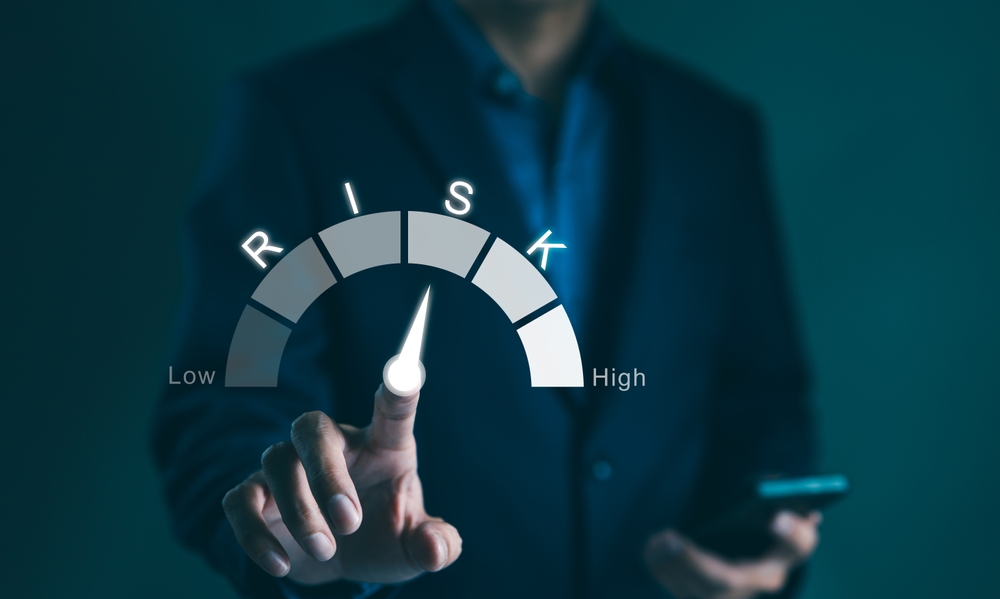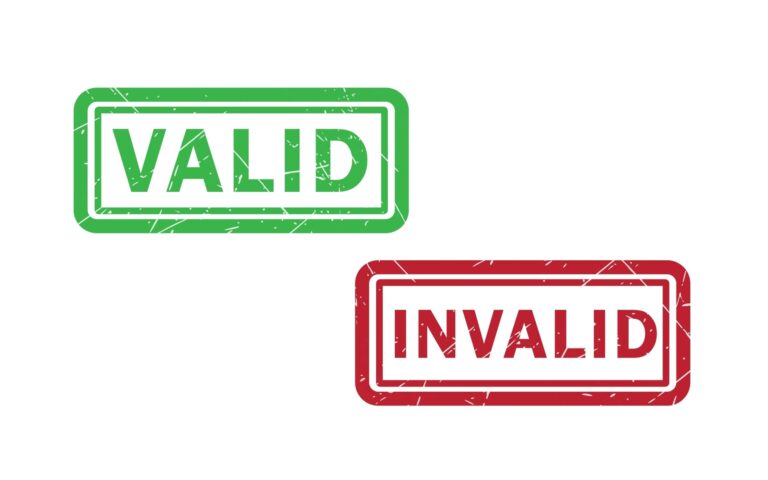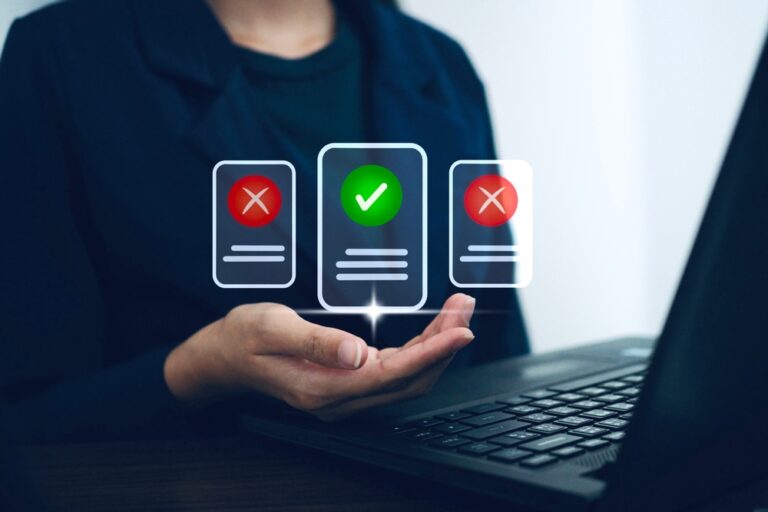What You Should Know About High-Risk Merchants and Chargebacks

Chargebacks are a major risk for essentially every merchant that accepts credit or debit card transactions. Yet some businesses are at a higher than normal risk of suffering chargebacks and can be designated as “high-risk” by acquiring banks, which handle payments on behalf of the merchant. Acquiring banks will often require high-risk merchants to pay higher processing fees and keep more money in reserve, which can inhibit growth.
So how does a merchant end up being designated as “high-risk”? Individual businesses that are hit with an abnormally high number of chargebacks can be designated as high-risk. Additionally, essentially all businesses operating in certain industries, like gambling, may be considered high-risk. This is true even if a specific company doesn’t get hit with a high number of chargebacks compared to its peers.
Given the risks involved with debit and credit card transactions, it might be tempting to simply not accept card payments. Yet with credit and debit card transactions accounting for nearly $9.5 trillion dollars in 2021, any merchant who doesn’t accept card payments stands to miss out on a lot of sales.
The good news is that merchants can use a variety of tools and tactics to mitigate chargebacks and manage risks. ChargebackHelp’s tools, for example, make it easier to prevent chargebacks and the many penalties that come with them. Let’s take a closer look at why some businesses are designated as high-risk.
Why do Acquiring Banks Care About High Chargeback Ratios and Risks?
When considering whether to classify a company as high-risk, many acquirers will look at a client's chargeback ratio. Your chargeback ratio essentially measures how many chargebacks you get hit with for a given amount of transactions. If this chargeback ratio gets too high, merchants can be designated as high-risk and may have to enter chargeback monitoring programs and pay higher payment processing fees.
Chargebacks are a burden for essentially every party involved. Card-issuing banks must act on behalf of their customers and manage much of the dispute. Cardholders too will have to set aside time to file and dispute a transaction. Acquiring banks need to allocate resources, including labor, to manage chargebacks. Merchants, meanwhile, will have to pay chargeback fees and may lose some or all the revenue from a specific transaction.
If a merchant generates a lot of chargebacks, banks will have to allocate more resources to manage and resolve them. This raises costs for banks and can eat into their bottom line, which is why high-risk merchants must often pay higher processing fees.
The Downsides of High-Risk Designation For Merchants
When possible, merchants will want to avoid being designated as high-risk. Chargebacks themselves are a major threat that merchants should minimize and getting designated as high-risk results in additional drawbacks.
The Downsides for Merchants:
-
Chargeback fees can cost a lot of money and the fees per dispute may rise if you get hit with a lot of chargebacks.
-
Risky businesses may need to turn to high-risk payment processors, which typically charge more to process payments (compared to mainstream payment processes).
-
Your current payment processor may drop you and finding another payment processor could prove difficult.
-
Paying for required card network chargeback monitoring programs can be very expensive, potentially costing more than $200,000 per month
-
You may draw unwanted attention from regulators and other authorities.
-
More money may need to be left in reserve, thus depriving the merchant of crucial resources.
The above list isn’t exhaustive. Needless to say, merchants want to avoid chargebacks and being designated as high-risk.
When Are Individual Companies Designated as High Risk?
Primarily, individual companies may be labeled as high-risk because they get hit with a lot of chargebacks. Still, other factors may lead to getting designated as high-risk.
Merchants may end up designated as high-risk owing to regulatory changes, for being the source of high levels of fraud, and for engaging in international sales. Other factors include high-value ticket items, poor credit, and offering subscription services. All of these factors can result in a greater number of chargebacks for a given company. New companies may also be labeled high-risk simply because they have no track record to lean on.
Fortunately, individual companies can use various strategies and tools, like ChargebackHelp’s dispute management platform, to reduce chargebacks.
High-Risk Industries and What Defines Them
Some companies are designated as high-risk even if they don’t have a high chargeback ratio. This is typically because the company operates in an industry viewed by banks as high-risk. For example, gambling is legally complex and gamblers who lose their money may try to claw their losses back with a chargeback. As such, gambling companies are typically designated as high-risk. Other high-risk industries include:
-
Adult entertainment- Due to age restrictions and complex legal implications.
-
International businesses- Serving customers outside of your home market can create legal and enforcement challenges.
-
Travel and transport- The industry has long been plagued by fraud.
-
Cannabis- Lack of federal legalization leaves doors open to future restrictions that could cripple companies.
-
Supplements– Regulatory grey zones present an unpredictable threat.
The above list is not exhaustive. Essentially any industry subjected to complex regulatory requirements and legal complications may end up being designated as high risk. Additionally, if attributes of an industry make it a ripe target for fraud, merchants in that sector may be designated as high-risk.
While payment processors may designate your company as high risk, if you successfully reduce and prevent chargebacks, you may be able to negotiate better terms with an acquiring bank. Further, by proactively fighting chargebacks, you can claw back revenue that might otherwise have been lost.
Navigating High-Risk Designations and Fighting Chargebacks
Even If your business isn’t currently designated as high-risk, you need to keep a close eye on your chargeback ratios. These ratios can rise quickly, especially if merchant errors are common. Good billing practices, responsive customer service, and various other steps can help keep chargeback ratios low.
Chargeback alerts and other tools can also reduce chargebacks. Managing all these tools and processes can be challenging, but ChargebackHelp’s solutions will streamline your efforts and reduce management hassles.
If you’re already designated as high-risk, at either the individual or industry level, proactive chargeback management can still go a long way. If a business is designated as high-risk but experiences fewer chargebacks than peers, an acquirer may charge lower fees.
Ultimately, preventing and fighting chargebacks is crucial for businesses big and small. If you’d like to learn more about how we can help you reduce chargebacks, feel free to get in touch.






